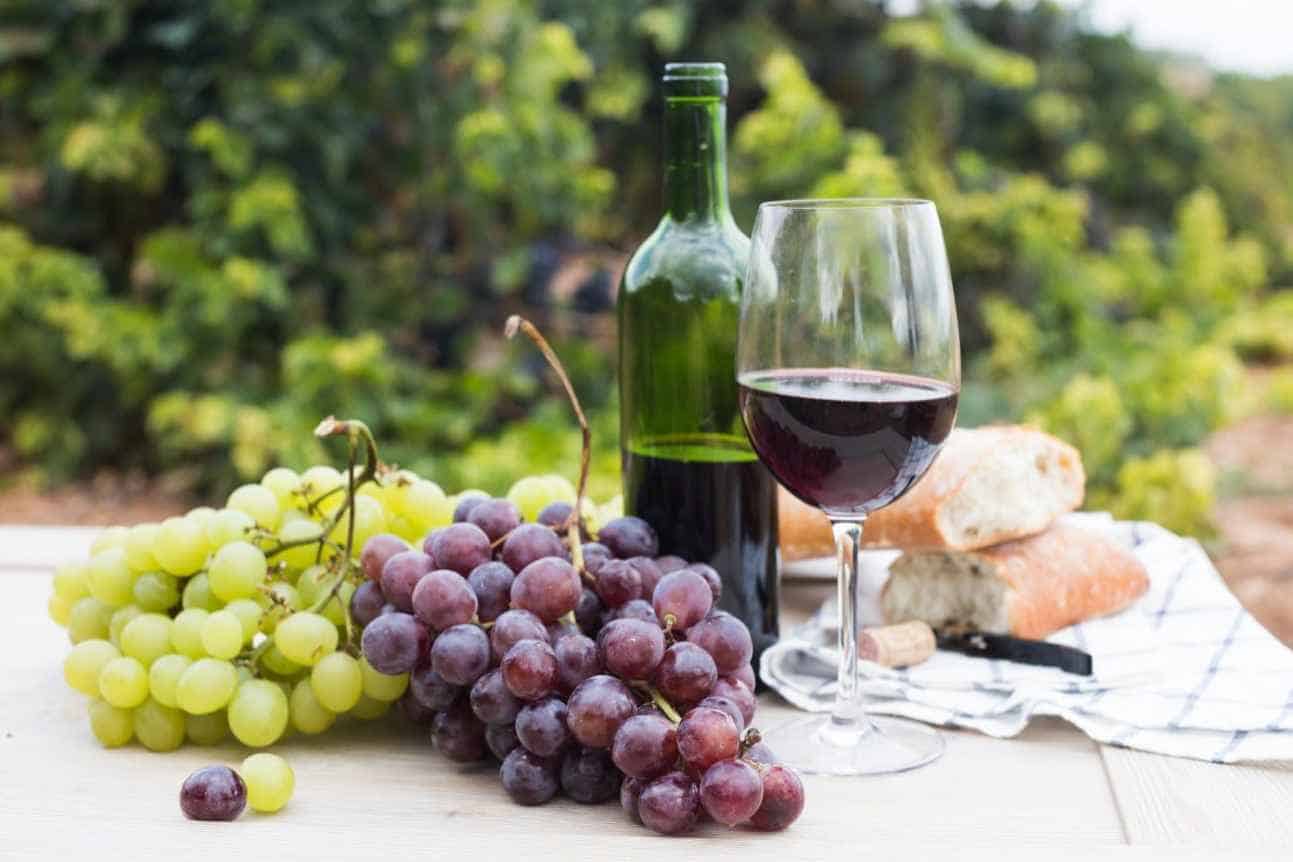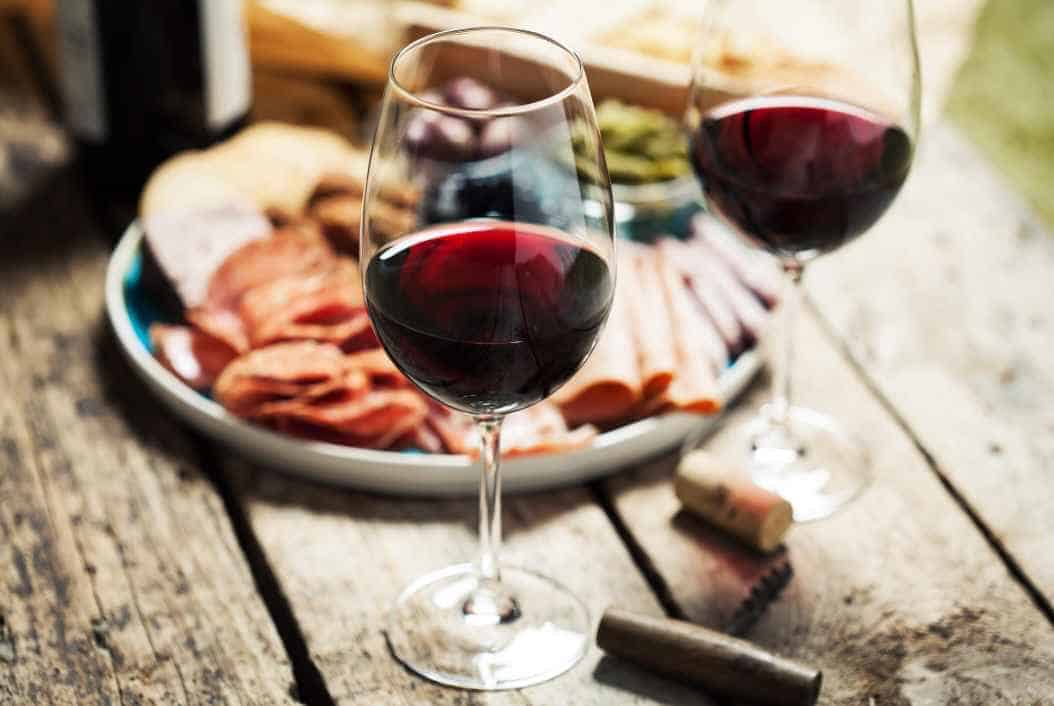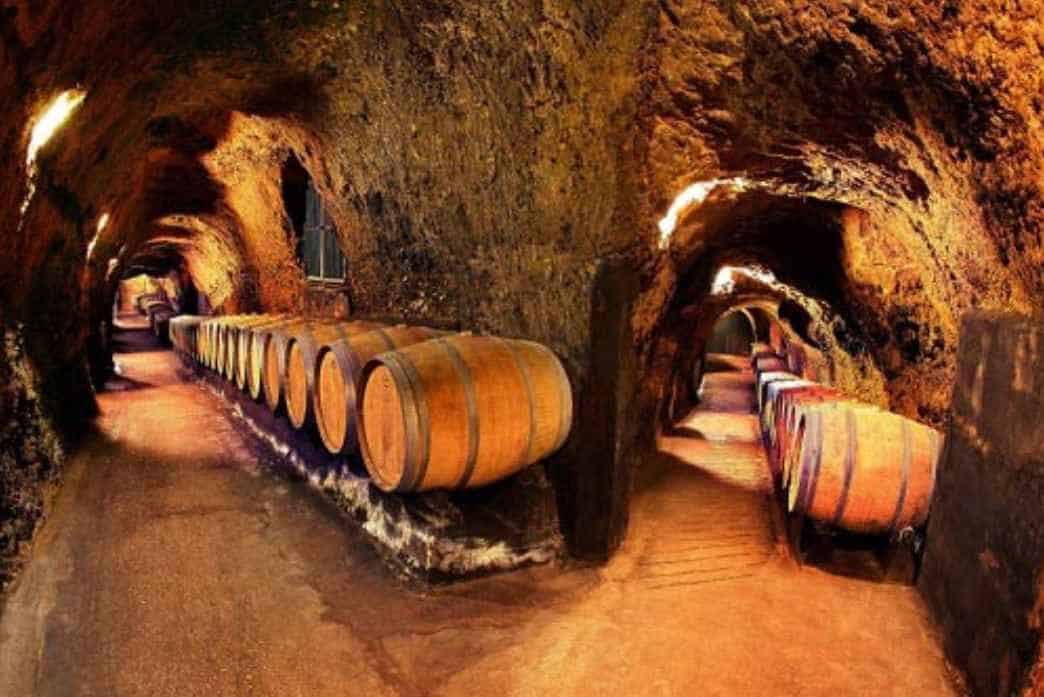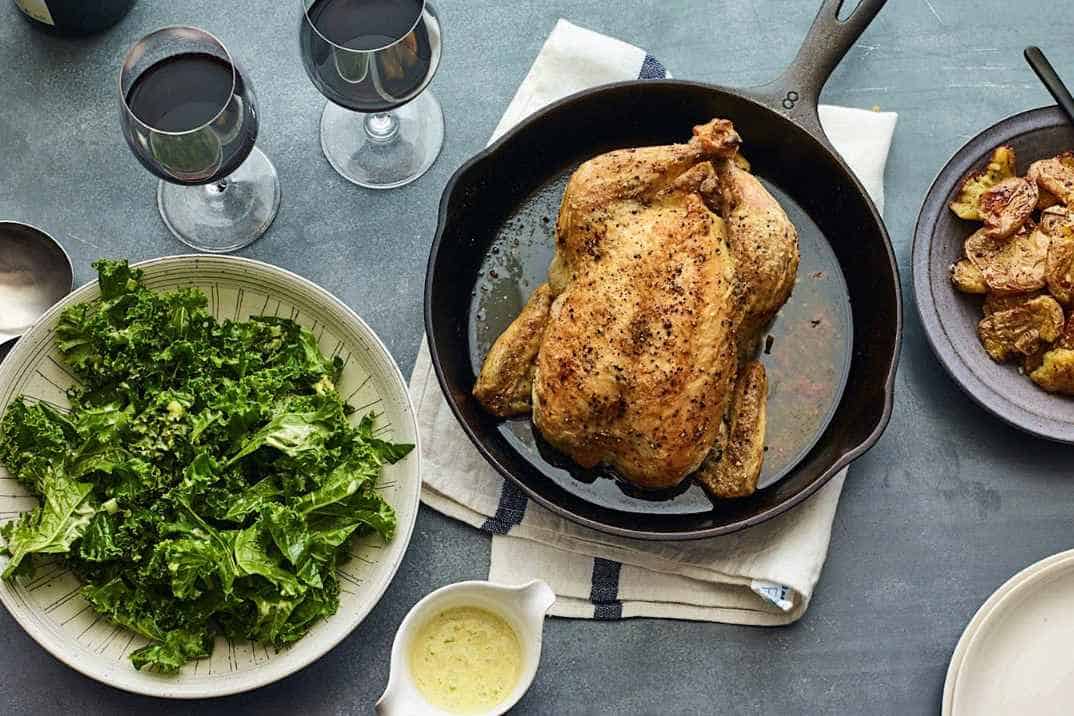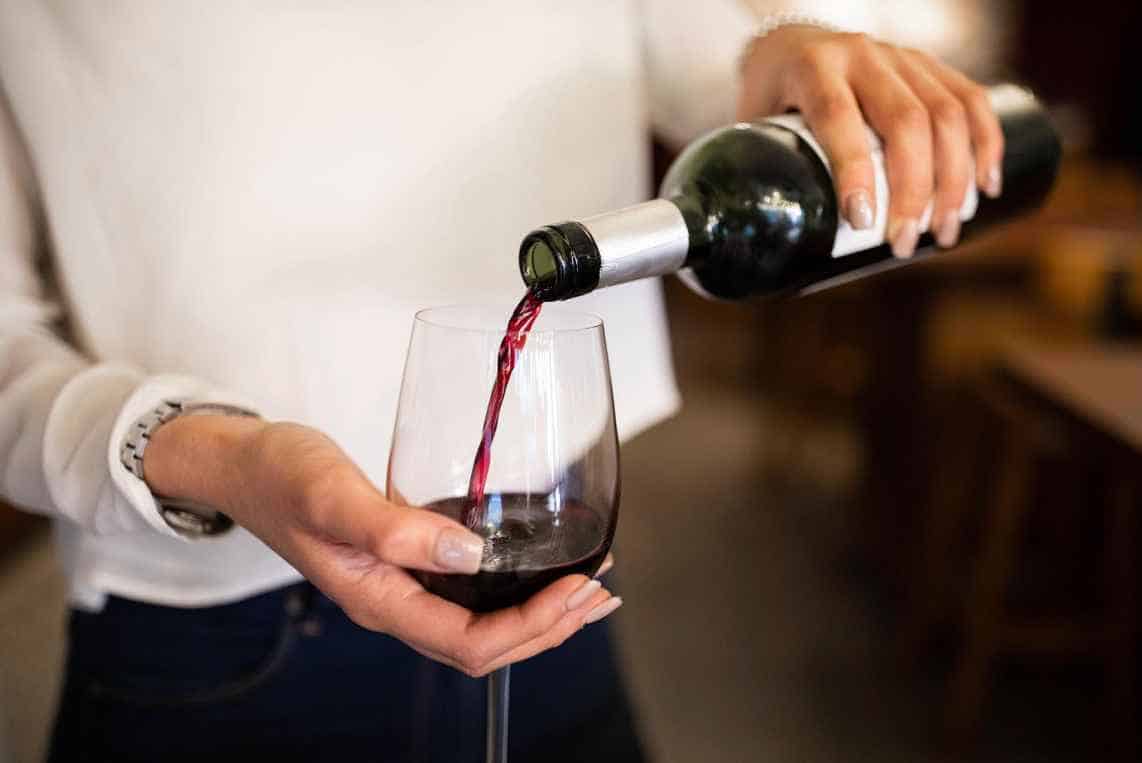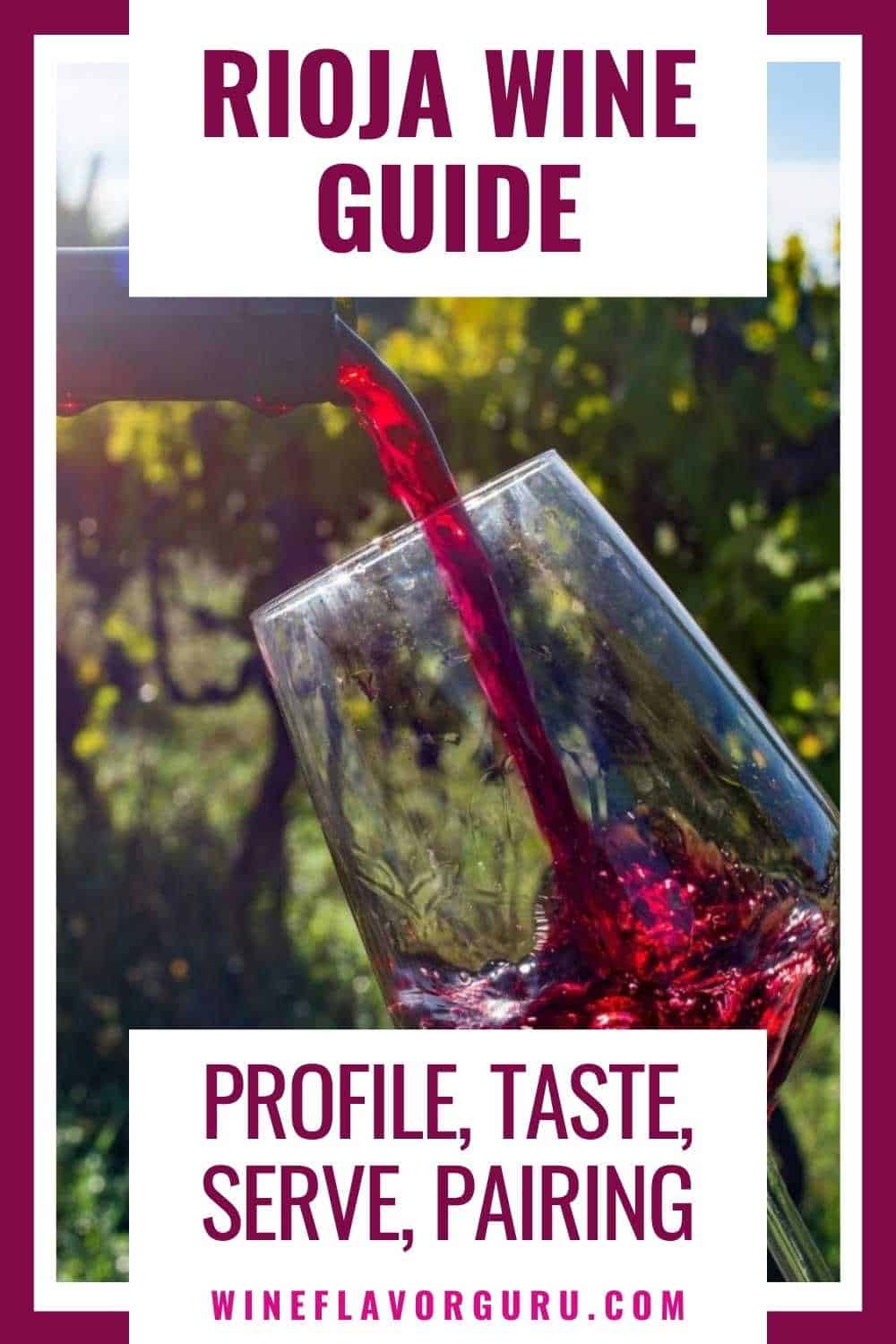Some people just seem to only talk about the different wines you can get from France and Italy. While there’s nothing wrong with that, perhaps you shouldn’t dismiss the wines from the Iberian Peninsula, especially the Rioja wine. What is Rioja wine, and why should you consider it for your next wine night?
Getting To Know The Rioja Wine
There is a wine region worth talking about in the Northern region of Spain. It’s called Rioja, and the wines from there are also named after the place.
If you come across a Spanish wine, there’s a chance that it might come from this place. There have been 340 million bottles of this wine marketed around the world.
The Rioja wine is known for being aged. It’s one of the many draws this Spanish wine has to offer. The wine region where the wines are produced is divided into three zones:
- Rioja Alta
- Rioja Alavesa
- Rioja Oriental
While you can find numerous vineyards in all three zones, you can find the most in Rioja Alta. Red is the most common type of Rioja wine. However, there are also white Rioja wines. There’s also Rioja Rosa which is a pink wine variety.
The Tempranillo grape always comes up when talking about the Rioja wine. This grape variety is something you can find in the region and other parts of the peninsula.
You can find Rioja wines made entirely of Tempranillo grapes. However, producers are also mixing it up with other grape variants found in the region.
One of the best grape varieties to pair with the Tempranillo is the Garnacha grape. This variety originated in Spain and is one of the most planted grapes around the world.
For the red Rioja wines, you can also find the following varieties:
- Graciano
- Maturana Tinta
- Mazuelo
As for the white wines, they also make use of the Tempranillo and Garnacha grapes, albeit the “blanca” variety. Other grape varieties also include the following:
- Maturana Blanca
- Turruntés
- Malvasía
- Viura
Some producers also add the very popular Chardonnay and Sauvignon Blanc to their Rioja wines.
Rioja Wine: An Overview Chart
| Body | Medium to Full (Red)
Light to Full (White) |
| Flavor Profile | Dry, Red Berries notes, High Acidity (Red)
Dry, Fruity, Tasty, Fresh, Balanced Acidity (White) |
| Tannin Levels | Medium to High |
| Average ABV | 13% to 15% |
Regardless of where a wine is from, it has its charms and characteristics that make it stand out. The Rioja wine is no different, as proven by this overview chart. It gives you an idea of the kind of wine you are getting your hands on.
One of the biggest draws of the Rioja wine is how well-balanced it is. If you are looking for a versatile wine, then this is a good choice. Whilst its acidity is on the medium to high level, there is still a delicateness and smoothness to it.
What Are The Different Classification Levels Of Rioja Wine?
If you have seen a bottle of Rioja wine, you might have noticed something you can’t always see on wine bottle labels. If you have seen these words on the bottle, it’s a way of letting you know about the classification of this wine.
Rioja wines will always be associated with aging and oak barrels. Producers opted to use American oak in aging Rioja wines. They have been using this type of oak for over a hundred years. However, some producers now tend to combine both French and American oaks.
Regardless of which kind they use, these oak barrels play a significant role in building up the various properties of wine.[1]
You will know how long a Rioja wine has gone through the aging process by its level. If you prefer your wine in a particular way, you might hit the jackpot with one of these Rioja wine styles.
| Style And Total Aging Period | Age in Barrel | Age in Bottle |
| Generic/Vino Joven | No aging required for
both white and red |
No aging required for
both white and red |
| Crianza
(Two Years) |
Six Months (White)
One Year (Red) |
No Minimum (White)
One Year (Red) |
| Reserva
(Two to Three Years) |
Six Months (White)
One Year (Red) |
No Minimum (White)
Six Months (Red) |
| Gran Reserva
(Five Years) |
Six Months (White)
Two Years (Red) |
No Minimum (White)
Two Years (Red) |
It’s so interesting to see how Rioja wines are classified. One of the most notable things that you might observe is that white Rioja wines age in barrels shorter than the red ones.
White Rioja wines used to be aged much longer than they are now. However, the oxidation happening inside the barrel has affected the wine’s flavors way too much.
Gran Añada
There’s one Rioja wine category that should be included in the conversation. It’s connected with sparkling Rioja wines and is called the Gran Añada. The Gran Añada Rioja wines go through the aging process for a total of 36 months.
A Control Board in charge of the quality control, management, production, and whatnot of Rioja Wines updated the classification and included the sparkling variety.
How Do You Make Rioja Wines?
Rioja wines have been produced for centuries. The producers of the wine in the region are committed to keeping the traditional way of making it alive and thriving.
It’s Harvest Time
The harvesting of grapes for Rioja wines usually falls in the last quarter of the year, probably between September to November. There’s even a celebration in the city of Logroño to commemorate the harvest season.
Tempranillo grapes, which are most often used for Rioja Wine, are usually harvested by hand. Once the stems are removed, they are ready for crushing.
It’s not uncommon for some vineyards in La Rioja to still practice the traditional way of crushing grapes – by using the feet. When the grape must is ready, it’s time for the next process.
Fermentation Of The Rioja Wine
The fermentation process involved in the making of Rioja Wine is referred to as carbonic maceration. In the more traditional Rioja wine making method, the grape must be left in a pool to ferment.
One essential part of the fermentation process is pumping the grape over to ensure consistency.
Before the wines are moved for storage, they need to go through a decanting process to remove any impurities and sediments.
Since winemaking is a serious business in this part of the world, a winemaker just can’t declare that the wine they made is a Rioja wine automatically. It has to go through a series of tests conducted by the Control Board. The wine can only be a true Rioja wine once it passes all their evaluations.
Aging In Oak Barrels Before Bottling
As mentioned before, Rioja wines are associated with aging wine. Oak barrels are crucial to the wine aging process.
As you know by now, Rioja wines have classifications. These levels are determined by how long they have been aging in the oak barrels. Once a certain wine finishes aging in the barrel, they are then bottled.
Most of the Rioja wines continue their aging process even when bottled. After some time, it could be six months to two years or more, these wines are ready to be opened and enjoyed.
Rioja Wine Food Pairing
One of the best ways to enjoy Rioja wine is to pair it with food. Here’s a simple wine pairing guide to help you out:
Rioja Wine And Cheese
An aged wine just like Rioja goes well with aged cheese. If you are putting together a cheese board, don’t forget to add some of these cheeses:
- Brie
- Cheddar
- Gouda
- Manchego
- Zambrano
There are other aged cheeses that you can add to the mix. The sharpness of the cheeses goes perfectly with the Rioja’s flavors.
Rioja Wine And Texas BBQ
There’s nothing as savory and filling as a Texan Barbecue meal. Imagine all the charred, meaty goodness covered in a delicious sauce and delectable side dishes.
You can enjoy your beef brisket, tacos, and more with the Rioja wine. The smokiness of the barbecued meats complements the fruity notes of the wine.
Rioja Wine And Paella
This pairing is quintessentially very Spanish! Paella is a Valencian rice dish made with different ingredients. You can either use seafood, chicken, or rabbit. It depends on your preference.
A white Rioja wine would be ideal for the seafood variety. If it’s meat-based Paella, you can go for a Reserva Rioja wine.
Relishing The Red Rioja Wines
| Wine | ABV | Flavor Profile |
| 2010 Beronia Gran Reserva | 14% | Red and Black Fruit aromas
Smooth, smoky with mild acidity |
| 2018 Coto de Imaz Reserva | 14% | Light and Balanced
Dry, Mild-bodied with Berry aroma |
| 2017 Ederra Crianza | 13.5% | Cherry and Dark Berry Aroma
Medium Tannin and Body |
Watch Out For These White Rioja Wines
| Wine | ABV | Flavor Profile |
| 2015 Juan Carlos Sancha
Ad Libitum Maturana Blanca |
13.5% | Dry and Smooth
Medium Body and Acidity |
| 1986 Marques de Murrieta Castillo Ygay Blanco Gran Reserva Especial | 14% | Premium, Smooth
Vintage Wine Intense Fruity Aroma |
| 2018 Allende Martires | 14% | Well-balanced
with Complex Finish Hints of Citrus |
Respecting The Rioja Wine
Now that you know what a Rioja wine is, there’s no way you should miss it. It’s a lovely wine reflecting the spirit and passion of the region. It’s also a wonderful representation of the finest Spanish wines.

George Moore, co-founder of Wine Flavor Guru, is a charismatic entrepreneur with a rich background in California’s wine industry. Alongside Sylvia, he transformed a Sonoma County vineyard into a source of premium wines. George’s expertise in sourcing exceptional grapes and his approachable style make wine appreciation both accessible and engaging.
